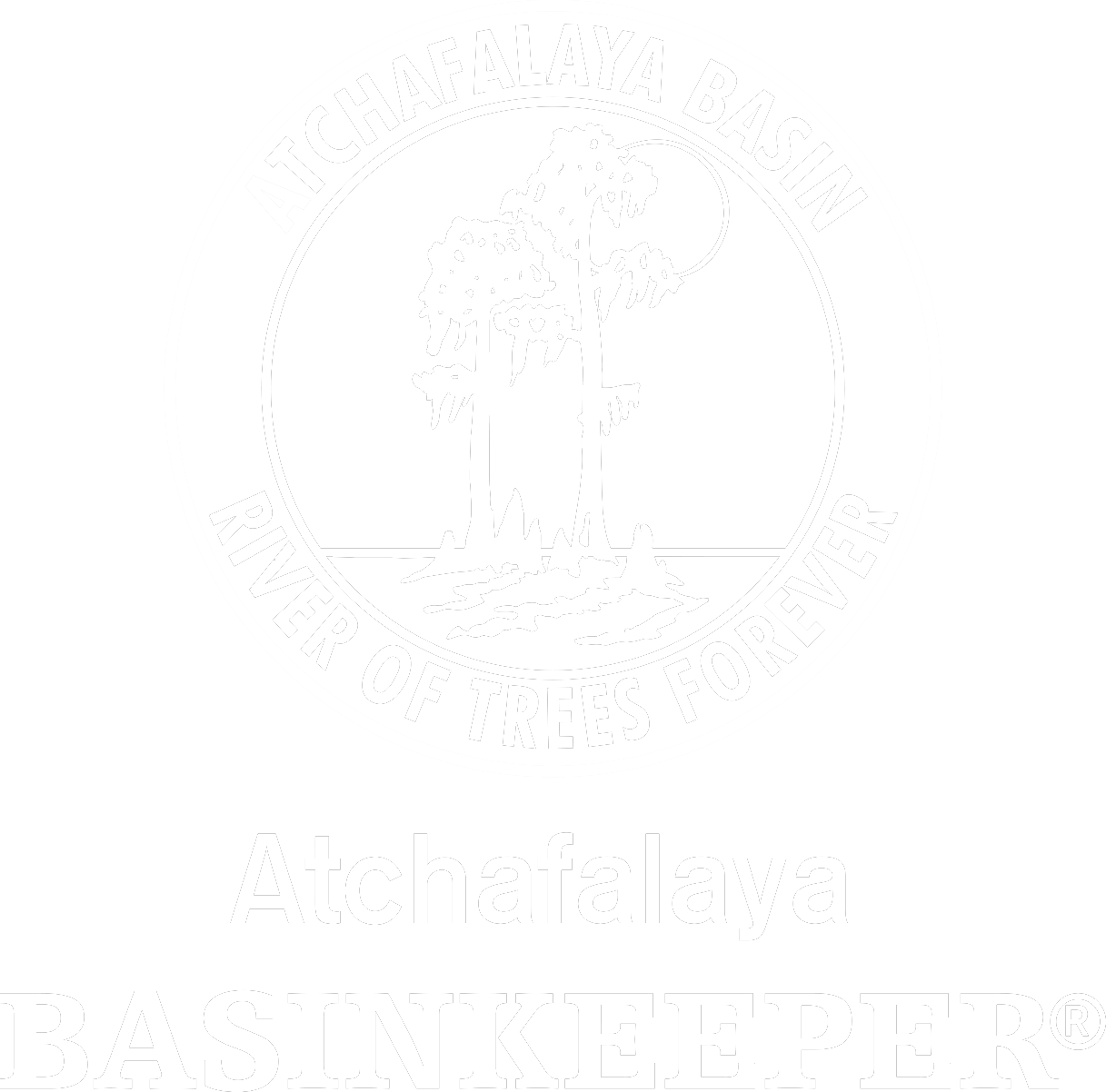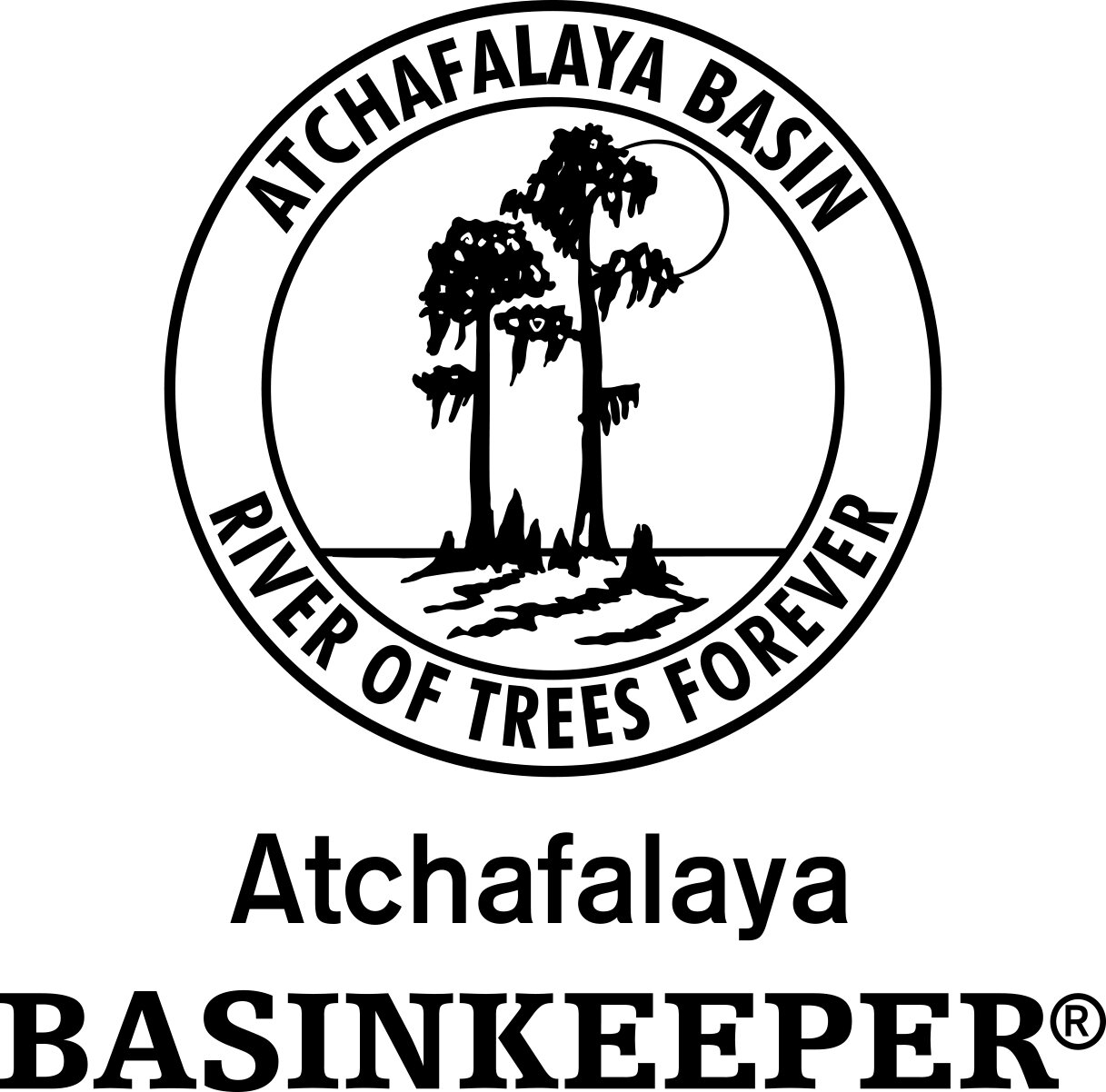Sedimentation
Where the Mississippi River traverses through Louisiana, it used to fork into many different rivers that drained to the coast, depositing all the sand and sediment across a large area along the coastline. These deposits were vital to building our vanishing coast; however, the Corps dammed nearly every one of those outlets, leaving just one channel with a few smaller channels stemming out to the coast. As a result, the water and sediment cannot spread and disperse as it once did and the delta can no longer grow. Much of that sediment is now diverted into the Atchafalaya Basin and the rest is lost forever into the depths off the continental shelf.
At the same time, oil companies began digging canals throughout the coast. When oil companies dredged canals, they accelerated the erosion of the coastal marshes. As these marshes eroded, the sea water began to come up the canals, through the marsh, and into the cypress forests, killing cypress trees and destroying out last line of defense from hurricanes and tropical storms. Furthermore, drilling by oil companies results in subsidence. As the sea level continues to rise, we are losing our coast at a rate of roughly a football field every fifty minutes.
The last dam the Corps built was in the Atchafalaya River. The Corps realized that they could not control the floods with the Mississippi levees alone so they created a spillway, a place to release flood waters. They put levee systems that were twenty miles apart (on average), cutting the surface of the Atchafalaya Basin by less than 50%. The last structure they put in was a power plant. Here, they realigned the power plant dam at the end of the curve of the river, which is where most of the Mississippi River bedload moves. This structure was created in an effort to divert up to 65% of the Mississippi River's sediment load along with 25% of the flow. The Corps created one big channel; distributaries from the channel were dammed and realigned, diverting sediment from the main channel into the distributaries. Oil companies dug pipeline and access canals crisscrossing the Basin, disrupting the natural hydrology, accelerating siltation and impairing water quality. While there once were all manner of lakes, bayous and waterways in the interior of the Basin fed by the Atchafalaya River water, between the Corps and the oil companies, roughly 75% of the Basin's streams, lakes and bayous have been destroyed. This loss leaves only 25% of the historical swamps, lakes and bayous within the levee system and much of it is severely degraded.
Sedimentation continues to play a primary role in the destruction and loss of valuable wetlands. Once the swamps are filled with sediment, they cannot be replaced. This process creates serious reprecussions for ecological integrity and public safety in the face of climate change, extreme weather events and sea level rise.
"There is only a little portion left that we have here, and we are fighting tooth and nail to protect it" proclaims Basinkeeper Dean Wilson.
Guirards ark campaign
Noah’s Ark protected people from the great flood and saved animals from extinction, so is the Atchafalaya Basin. The Basin protects millions of people from Mississippi River floods, from New Orleans to Baton Rouge, from Lafayette to Morgan City and hundreds of other cities and communities. As sea levels rise and our coastal wetlands disappear, the Atchafalaya Basin will be the last refuge for millions of migratory birds that depend on our wetlands. A true Ark for generations to come.
The flood is coming if we do nothing. Atchafalaya Basinkeeper, with your help, is protecting the Ark. Not the wooden Ark as a boat. Our Ark is the Atchafalaya Basin. Guirards Ark’s campaign aims to create a united front by bringing awareness to our communities about the biggest threat to flooding of the areas surrounding the Basin and beyond. Sediment is the number one threat to the Basin and if not controlled, will eventually fill the Basin, taking away the ability to hold flood waters that protect millions of people.
Atchafalaya Basinkeeper is working hard to protect and preserve the Basin for future generations. This protection comes through many forms. Some of that intails countless hours communicating and fighting against projects designed to fill the Basin even more. In preserving the Basin, we recognize the effects that the destruction of the Basin will produce for the surrounding communities. Some of the destruction, the Atchafalaya Basin has already incurred is irreversible. The good news is that we can protect and preserve what is left now for the future and restore much of what is left!
Author and photographer Greg Guirard, a native of the Atchafalaya Basin, dedicated his life to the Basin. His love for the people and the Basin showed in all that he did. Not only was he a Board member of Atchafalaya Basinkeeper, he donated his time, heart and resources towards the preservation of the great Atchafalaya Basin. It is with Honor, gratitude and respect that we dedicate this campaign in memorandum. Greg will always live in our hearts.



